Brian Lawrence Brown is a Princeton graduate with a degree in politics. A social entrepreneur and digital fundraising strategist, Brian has founded and developed several remarkable organizations: Narrator, an organization dedicated to helping non-profits achieve more in identity, strategy, and relationship development; Humane Pursuits, an online magazine exploring what it means to be human in the 21st century; and the Anselm Society, an organization dedicated to building a thriving artist’s community and advancing the renewal of the Christian Imagination. He is an alumnus of the John Jay Institute, and worked in public policy in Washington D.C. before moving to Colorado and starting his own company. Brian is a dynamic, gracious, big-picture thinker and along with keen intellect, Brian is one of the most intrinsically hospitable men I have ever met. Kind, funny, urbane, well-read and well-spoken, Brian Brown is rooted in what is timelessly good, true and beautiful. He brings the best of what is old and trustworthy into our high-pressured, fragmented, modern-day living. Wherever he goes, Brian seems to make an oasis in a desert. It is my very great pleasure to introduce you to him.
LES: Brian, much of your career to date has been working in the fields of political policy making and nonprofit development. Along the way, you have founded a remarkable several organizations, including one particularly dear to my heart: the Anselm Society based in Colorado Springs. With your work in the world of public policy and non-profits, how did you come to be interested in the issues related to the Christian Imagination and artists’ communities?
BLB: I think through two particular influences (among many). The first was my mother. She taught me to love great books and music and beauty. I was the oldest of several homeschooled kids, and if you were to walk through our house on a weekday morning, you were likely to find one of two scenarios: either you’d see every cushy chair in the house draped with a kid whose face was hidden by a book, or the house would be empty because we were in the yard in homemade costumes playing out whatever we’d been reading. Kids on our street didn’t seem to spend much time in front of the TV or the computer…they were always at our house!
Adult life awakened me to the ways in which the Church in America has almost universally abandoned the things I was taught to love—things that had once enabled it to transform the world. So while college and the job market have presented me with ways to earn a living, I’ve been thrilled to gradually see opportunities arise for me to employ my skills toward the things I think have more eternal significance.
LES: What influence has the John Jay Institute had on you especially as it is expressed in your current work and community?
BLB: Remember I said there were two main influences? The John Jay Institute was the second. The Institute seeks out the best and brightest rising young Christian leaders, and gives them the tools and network for effective culture care. I spent a year living with very different but similarly committed young people, beginning and ending each day in the prayers of the historic Church, and reading the best political theology of the last 2,000 years.
Political theology isn’t “How to ruin the separation of church and state,” or “How to quote the Bible while running for president.” It’s the study of how God’s design for humanity has corporate as well as individual implications. It’s asking why we call the police about a thief even though God tells us to turn the other cheek; it’s asking what responsibilities Christians have for the world around them; it’s exploring the role of communal influences like cities or art or social networks on our souls (and vice versa). It is asking, in light of the larger Story in which we find ourselves, what it means to be fully human—and how our beliefs about what is good and true and beautiful need to manifest themselves in real places with real people. The Institute both motivated and equipped me to get deeply involved in my community and my church.
LES: There is a currency of value in your career that is clearly not driven by simple ambition or the desire to amass wealth through the quickest route possible. How would you describe the intersection in your work with non-profits, with Humane Pursuits, and the work you are doing with the Anselm Society and what is the driving value of those pursuits?
BLB: It starts with the question: what does it mean to live like we were created in the image of God? Modernity has created a situation where everything around us is so big, busy, and impersonal that trying to live like human beings is very difficult. We’ve outsourced much of our humanity to paid professionals, as you’ll be reminded every time you pass a beggar and assuage your guilt by reminding yourself that there are…paid professionals for that. The result is that you see polls indicating we are setting records for loneliness, depression, and suicide.
We can’t overcome this dynamic by ourselves—it’s too big and it has shaped too much of the rhythm of our lives. We need institutions and networks of people that help us develop different rhythms, different images and structures, different ways of thinking and prioritizing, and bit by bit recapture our identity as God’s creatures…so that we look like people participating in God’s story rather than one of Kafka’s.
Unfortunately, most of the institutions that used to exist to do that (like churches, communal organizations, and nonprofits) have capitulated to the existing model. For example, statistically, your church is probably a product you consume once a week on a Sunday morning (if that).
We need people who can re-imagine those old institutions, and invent new ones, so that there are some forces out there helping us make sense of life—drawing from the accumulated wisdom of mankind, but building on it. That need is what unifies every single enterprise I’ve started—Narrator helps charities evolve to reintegrate relationships into the process of doing good (which raises more money by the way), Humane Pursuits helps individuals figure out how to live rounded lives in modern boxes, and the Anselm Society seeks to build a cultural infrastructure for the church that can outpunch the busyness in its impact on our lives.
LES: Anselm is a rather unusual name for a society. How was the name chosen for this endeavor and have you ever thought about picking something a little easier for your contemporary audience to identify with?
BLB: Naming things is one of the important things we do—assigning meaning and significance was one of the first tasks given by God to man, and incidentally it is a fundamentally imaginative enterprise.
A good name should tell us both what something is, and something about what it aspires to be. I like self-explanatory names, and I don’t tend to like ones named after dead guys most people don’t recognize. But in March, Malcolm Guite came and visited us and gave such a spirited and enthusiastic endorsement of our name that he reminded us why we’d chosen it in the first place. (You can listen to his explanation here; it’s the first 10 minutes of the audio file.)
St. Anselm was a medieval archbishop of Canterbury, who defined theology as “faith seeking understanding.” Anselm reminded the world that we have a God Who is infinite in mystery, but Who also became man and revealed Himself to us—that faith starts by accepting that, and from that point begins a journey into the mystery to understand Him better. This journey demands both our reason, which C.S. Lewis called the organ of truth, and our imagination, which he called the organ of meaning.
As Christians, therefore, we are venturing into the great unknown, and far too many of us are doing it while hopping on one leg; rejecting imagination as childish or even dangerous. And it’s that second leg that the Anselm Society seeks to help us remember and strengthen.
Our name [Anselm Society] affirms both our commitment to the quest, and our knowledge that to attempt it, we will have to ask people to challenge themselves. And I guess a good place to start is to ask people to learn a new name.
LES: The tagline for the Anselm Society is a Renaissance of the Christian Imagination. That is a vision with a truly audacious and grand sweep to it! How do you define the Christian Imagination and in age of post-modernism why does it matter?
BLB: As I mentioned earlier, the local church often doesn’t provide the glue for our humanity that it used to. People are leaving in droves—certainly the nominal ones who in previous generations might have stuck around because it was socially expected, but also ones who yearn for God who recognize that what they’ve known as “church” is shallow, pandering, and weak. It has rejected its past, or its structure, or its core beliefs—and nearly always its imagination—so it isn’t strong enough to hold up against the pressures of all these other boxes we’ve constructed by which we might define our lives.
How do we fix this? Doing what Anselm exists to do, I think, must be part of the answer. But “Christian imagination” means what we care about, what inspires us, what we love, is bubbling up from a Christian identity and from the difficult questions that follow from it. It does not mean just another rash of “Christian artists” who create really bad art that happens to have Jesus in it. It goes much deeper than that, and it may be a great deal further below the surface than that.
LES: Given that the Anselm Society is based in Colorado Springs is this an effort that is focused primarily on building a community for a local influence or are you reaching for something broader?
BLB: And of course the answer is: yes! As I suggested earlier, the local and the universal are tied up in one another. Christ said to seek ye first the kingdom of God—and the incarnational, immediate manifestation of the kingdom of God is the local church. Plus, trying to change the world with something that hasn’t changed so much as a light bulb in your local church seems pretty arrogant to me.
So Anselm is first a local effort. We want to build a place that has a transformational impact on people here, on participating churches, and on the city. Eventually, we want that to be a place that can be a home-away-from-home for like-minded people around the world, with conferences and retreats and visiting resident artists and the like—and if God does something amazing here, we want it to spread. We are already being intentional about building relationships with kindred spirits across the world, and recording and publishing our content, and we hope to continue to expand the resources we produce that can be of help to others. But we aim to always be grounded in a place and its churches.
LES: From your point of view, Brian, what is the role of community in the life of an artist and what is the role of an artist in a given community? And while we are at it, what exactly is a “community”? Are we talking about a bunch of local residents within a given geographic range, or a network of people bound in common relationship, or both, or something altogether different?
BLB: Art doesn’t create community by itself. But strong communities, ones with a shared identity, a rich imagination, and the ability to grow and deepen over generations, produce (and are shaped and challenged by) distinctive art, literature, and music. Artists can play a vital role in helping modern groups recapture this crucial element of being communities—but this can only happen if the artists are embraced, loved, full members of the community. In the days of the lonely artist, art becomes just an expression of the individual self and its force as a culture creator dissipates.
Part of the problem is that we use the word “community” too lightly. We talk about the academic community, or the mountain biking community, or the online gaming community, or even just “the community” (by which we mean people sleeping in houses within a few miles from here).
But these are not communities! In the TV show Firefly, Mal, the captain of a spaceship, saves the life of his ship’s medic, whom he thoroughly dislikes. When the medic later asks in perplexity why Mal did so, Mal replies, in equal perplexity, “You’re part of my crew. Why are we still having this conversation?”
Mal gets something about community that most of us these days don’t.
Social media was invented by a generation crying out to be known, and to know.
10,000 people sleeping near each other, or 3,000 people in a church building together, are not a community. Because while they might know other individual members, they have no ownership of the whole, no shared identity with responsibilities attached. They do not know; they are passive consumers of something that belongs to someone else. And while online or non-geographic groups might have some of that ownership factor, they lack the other part—they do not allow people to be known. People might be able to turn up for a meeting, but without spontaneous interaction, uncurated identities, and what my priest calls “being intentionally organic,” there can be no love; no speaking into each other’s lives.
LES: Would you talk with us about the role of the modern day patron of the arts? What is the role of the patron today versus what it was historically? Why do patrons matter?
BLB: Patronizing the arts has meant different things in different cultures and settings. The role of the modern patron is often that of a collector of great art from the past, or of a funder of modern art shows that for some reason we put in the museums alongside the proven art.
I think for the next generation of patrons, a number of things will (or need to) change. For one thing, patrons’ roles can and should be more participatory. For another, patrons do not have to be old or rich; they can make a difference by joining with others to crowdfund a project or make it go viral. But these two things create their own challenge: for patrons to take the responsibility to engage with the art; to learn it well, to understand beauty, to distinguish between originality and insight.
John Skillen’s essay on the “Four Parties to Art” has been an influence on me on this point—it’s a challenging read.
LES: What do you see as necessary elements to forming and fostering a community? What are the obstacles? Are there existing artist communities that you are aware of and admire?
BLB: The way I’ve defined community excludes most of the like-minded groups I’m aware of (oops!), but there are certainly groups that are doing inspiring work and I’m incredibly grateful for them. Probably the one I’ve had the most firsthand exposure to is the Rabbit Room; Andrew Peterson’s input has been a great help to us in getting Anselm started.
Community only works with commitment; we were created for community, and it only works if it is correspondingly at the center of our lives. So geography and individualism are the two biggest obstacles I’ve seen, including at my church.
Can you really say a community is at the center of your life when you have to drive 30 minutes to get to it from where you really live, or when it’s ninth on your priority list, way behind work and neatly tucked behind your kid’s soccer practice where it won’t embarrass you? So much of the modern challenge of the church is figuring out how to cope with these two hurdles.
LES: What is the role of prayer in all this?
BLB: In addition to obstacles I’ve already mentioned, I should point out that it is no insignificant thing to suggest that the Church needs reform. That’s especially true when the problem you’ve identified is ecumenical, and therefore requires ecumenical cooperation. I wonder how many people who criticize the Church think about the significance of what they are doing. When you criticize the Church, you’re telling a bunch of very different traditions and people that God’s holy catholic church (including their part of it) should change to look more like you think it should look. That is either the height of hubris or the work of prophets—and if it is to be the second and not the first, listening for the will of God must be central to everything you do. That’s why with Anselm, every one of our member churches has a pastor on our advisory board, we have people dedicated to praying for us, and we have prioritized leaders who bring humility and deep historical knowledge to their roles.
LES: What are the marks or distinctives of the spiritually mature artist and are those marks different in any way than the marks of a spiritually mature believer who serves in “ordinary” or more pragmatic ways – say like banking, engineering, fast food server, roofer…. ?
BLB: I think this question follows your last one beautifully. I think spiritual immaturity is often marked by impatience and a desire to speak rather than listen—why doesn’t the world look like I think it should, why won’t people listen to me, why don’t the reforms I want happen faster, etc. Chesterton compared it to someone who encounters a fence and concludes, “I don’t understand why this is here. I should tear it down.”
Maturity, on the other hand, brings with it answers to those questions, because the mature artist (like the mature person) is in dialogue. With God, with his audience, and with the traditions he has inherited in his vocation(s). I love the way T.S. Eliot situated this in his essay on “Tradition and the Individual Talent.” He pointed out that tradition isn’t something dead and dusty. It is a context, a living thing that is still growing. The full grasp of that context (which Eliot said was essential for anyone who wanted to be a poet beyond age 25) only comes through great labor, and if the artist does manage it, his creative work can change it; it can modify the whole because it is in dialogue with the whole. Maturity brings to bear the full weight of a person’s wisdom, not in its raw form (which we might call insight or talent), but in its developed form, which understands exactly why the fence is there (for good or ill) and whether to extend it, repaint it, or tear it down.
LES: How does discipleship fit into the life of an individual artist who is a Christian and how does it fit in life in common in the Body as a whole? How are Christian artists morally trained and grounded so that they flourish spiritually and that flourishing act as the spring that feeds their craft and art?
BLB: Ask me in 20 years! We live in a time when we’re trying to figure out what life in the Body is supposed to look like, so it’s no surprise we’re wrestling with how artists and their development might fit into that. But I think helping artists learn to dialogue is a start; by exposing them to theology and history, integrating them relationally within a church that doesn’t fear them, helping them find mentors and mentees so that knowledge and wisdom build on each other across generations.
LES: Story as a medium of truth carries a tremendous significance for you personally, so much so that you named your consulting company Narrator. What exactly is that significance and why did you name your company that? What is the role of Story in feeding or fueling a renaissance of Christian Imagination and what are the theatres or venues of use where you see Story being put to most influential effect?
BLB: The fatal flaw of modernity (i.e. post-Enlightenment) is the lie that the central story in which we find ourselves is our own. Most of us have to be exposed to a thoroughly non-individualistic culture, like some of those found in Asia, to realize just how unconscious, pervasive, and anthropologically unusual our focus on the self really is. But it keeps us further from God than we should be, and further from each other than we should be. Despite our loneliness, we each think of ourselves as more than an ordinary human (either in our self-importance or in our self-loathing), failing to learn, with David Tennant’s Dr. Who, that “There’s no such thing as an ordinary human.”
For the central story in which we find ourselves is not our own. The right stories can open our eyes to this reality; even if just a little at a time—our brains are hard-wired for it. Each of us matters a great deal, in the larger story of which we are a vital part. With Narrator, I work with nonprofits to help invite people into their stories; building vibrant communities around things that matter. And of course, Anselm exists to help tell stories about things that matter, so that we can go deeper into the Story of what matters most.
LES: This touches upon an often uncomfortable topic about the role of evangelism in our profoundly skeptical society. What is the responsibility of the Christian artist or writer to use Story as a mechanism to bring Truth into our culture and is there really any place in modern society for the Good News to be received by those who may not know they need that Good News?
BLB: While I think the modern church uses C.S. Lewis as a crutch and really needs to expand its reading list, Lewis did really nail this when he said that in a modern context, the right stories can expand people’s imaginations, to help prepare them to grasp (even if just emotionally) things they do not initially want to believe.
We need artists who can break people out of the mental molds modernity has given them, force them to be unsatisfied with easy answers about what is wrong with the world, and make them think there might really be beauty and meaning out there. As I’ve written elsewhere, you can’t understand the popularity of the Harry Potter books without understanding how they provided images of exactly what the Millennial generation was most desperately missing in life.
LES: Brian, who are writers who have had pivotal influence on you? What resonated with you in their work? Are there five books would you recommend to deepen our understanding or experience of Christian Imagination?
BLB: A great cheat sheet for that last question is “The Christian Imagination,” a collection of essays edited by Leland Ryken—it’s got things by Lewis, Tolkien, L’Engle, and dozens of others both living and dead. And of course James K.A. Smith’s longer works are almost holy writ in this space and deservedly so.
Writers who have had a pivotal influence on me…maybe if I organized my answer in terms of the why first (many of these are pertinent to your last question as well):
- Because they challenge modern assumptions and provide a deeply Christian way of thinking about the world and our place in it: Edmund Burke, Richard Hooker, and T.S. Eliot.
- Because, in books that are absolutely not chick lit thank you very much, she takes the good-and-evil dynamic of fairy tales and shows how it plays out in the small, the ordinary, and the everyday: Jane Austen.
- Because he diagnoses as ills things you thought were normal, and brings to life the most magnificent stories of all time in such a way that they inspire you to long for God and goodness and beauty: Anthony Esolen. (The user-friendly starting point is “Ten Ways to Destroy the Imagination of Your Child,” but his longer and more scholarly “Ironies of Faith” goes even deeper.)
- Because she understands the yearnings of our time and threads them through the answers that transcend time, in a story that draws from the best in the English literary canon: J.K. Rowling. I grew up with Harry Potter and I’m profoundly grateful for it.
- Because his Book of Common Prayer gorgeously provides an alternative rhythm for life, organizing Scripture to help us do what we need to be taught how to do (pray), and situating our story within God’s story: Thomas Cranmer.
LES: What have you been most delighted with in the growth of the Society and the events? Are there events coming up in the Anselm Society that you would like readers to be aware of?
BLB: We’re mostly done with lectures for the fall, but we have concerts coming up in November and December with singer-songwriters whose music is too beautiful and insightful to be found on Christian radio, and a number of smaller winter events for our members. Inklings expert Diana Glyer will be visiting us in April and I’m excited about that; she’ll be drawing from her new book, Bandersnatch, to show us how we can learn from how the Inklings shared their projects with each other so that they could be sharpened and strengthened. Our upcoming events page is here.
What has pleased me the most with these events is how people have united to make them happen. We’re a fledgling program with a small budget, and despite having approached some rather illustrious names with speaking invitations, we’ve hardly ever been turned down, because they share our vision. This in turn has inspired dozens of attendees to become members of the Society, supporting it with money and time and ideas, and giving their talents so that we can grow into new areas. For example, we’re currently developing what we hope will be a robust online video presence with a lot of online-only content, thanks to the donated work and creativity of some very gifted A/V guys who wanted to make it happen.
LES: How can readers best be praying for you, Brian, and for the development of thriving community in the Anselm Society? How can readers become involved in supporting the efforts in building this endeavor and fostering greater courage in exercising Christian Imagination in our cultures?
BLB: If you’re not local to Colorado, the best things you can do are:
- Become a Patron. We’ve developed a model where relatively small donations combine to power a surprisingly big impact.
- Join our email list and follow us on Facebook. In addition to lecture audio, we share a lot of interesting and inspiring articles, stories, videos, photos, and partner organizations’ events—I hope they’ll be helpful to people. Sharing our content (especially events) helps us build our national image, which in turn brings wonderful new people to us. Some of our most active members are people who moved to Colorado already knowing about Anselm because non-local friends had talked us up.
- Pray! In addition to our ongoing need for wisdom and direction from God, we are currently praying for a few larger-scale funders and for some talented volunteers to help with our digital marketing.
If you are local, then all of the above still apply, plus you should come to our next event!
LES: I don’t often ask this, Brian, but do you have any closing wish, admonition or encouragement you would like to leave with our readers, perhaps especially as we enter into the Christmas and winter season where we are often more isolated?
BLB: I’m glad you used that word, because I don’t think it’s just winter that isolates us. There are people all over the country who are passionate about a renaissance of the Christian imagination, and who understand that it is a key part of the renewal of the Church. But they’re generally only connected with a few others who feel the same way, or a couple other programs. We need to find more ways to learn from each other, and that starts with knowing each other—which often requires a catalyst; an excuse for like-minded people to congregate. I encourage you to create a catalyst like that in your community—even if it’s just noising it abroad that you’ve started a reading group, or that your pastor is going to give a talk on the Beatles. Plant a flag and say Christianity is rich, and deep, and beautiful, and unafraid—and I think you’ll be surprised by the people who come out of the woodwork and tell you, “I thought I was the only one.”
And I’d love it if people would use the contact form on the Anselm Society website to get in touch with me! Even if you don’t have a particular reason right now, I’d love to hear a bit of your story, keep you in the loop on what we’re doing, and perhaps we can cross paths or encourage each other down the road.
The images of Brian L. Brown used in this post are (c) Lancia E. Smith and used with permission for Cultivating and The Cultivating Project.
Lancia E. Smith is an author, photographer, teacher, and publisher. She is the founder and Executive Director of Cultivating Oaks Press, Cultivating Magazine, and its fellowship of writers and makers, The Maker’s Project. She has been honoured to serve in executive management, church leadership, school boards, and Art & Faith organizations throughout her career.
Now empty-nesters, Lancia & her husband Peter make their home in the Black Forest of Colorado, keeping company with 200 Ponderosa Pine trees, a herd of mule deer, two beautiful black cats, a wild fox, and an ever expanding library. Lancia loves land reclamation, website and print design, beautiful typography, road trips, being read aloud to by Peter, and cherishes the works of C.S. Lewis, J.R.R. Tolkien, and George MacDonald. She lives with daily wonder of the mercies of the Triune God and in constant gratitude for the beloved company of Cultivators.
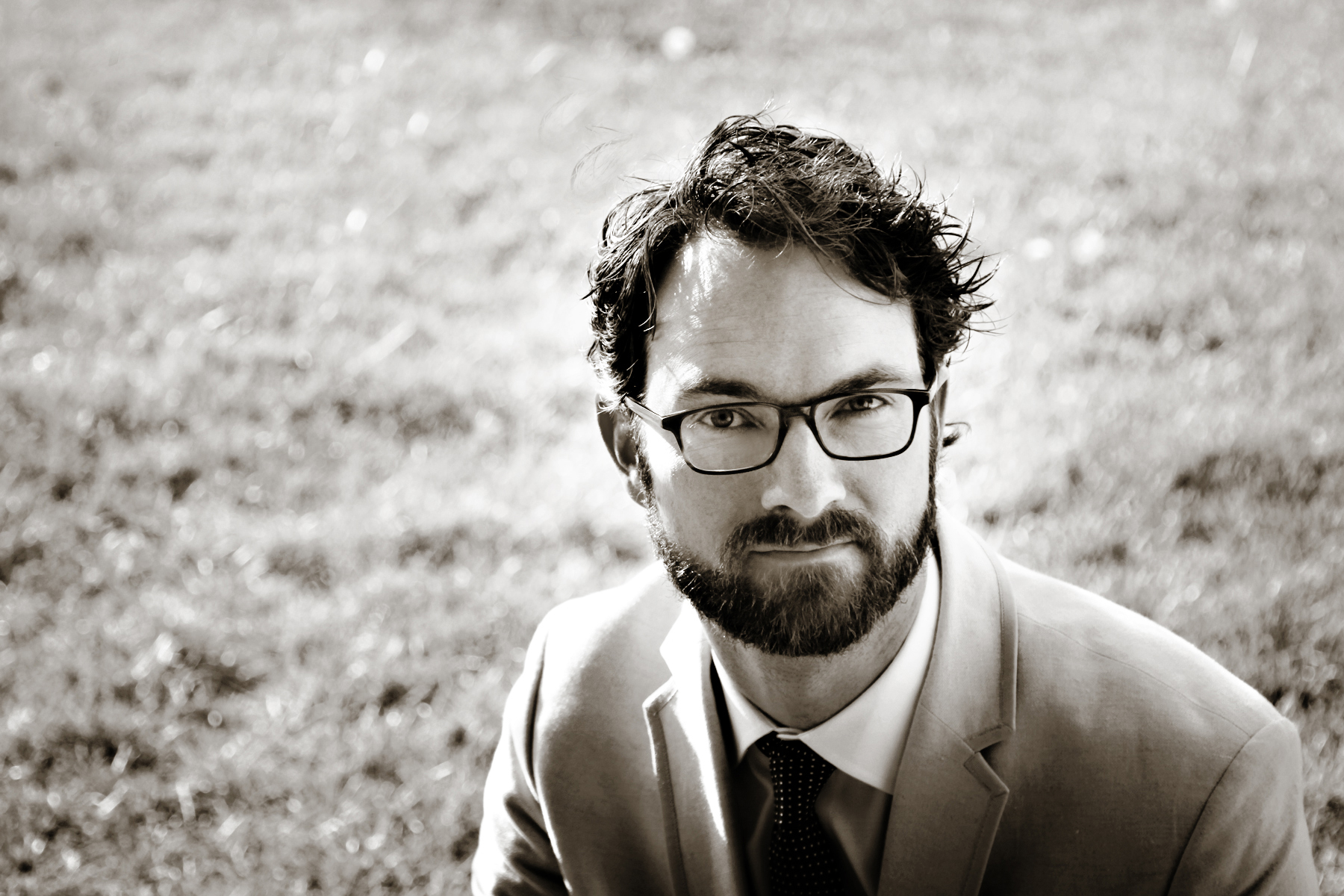
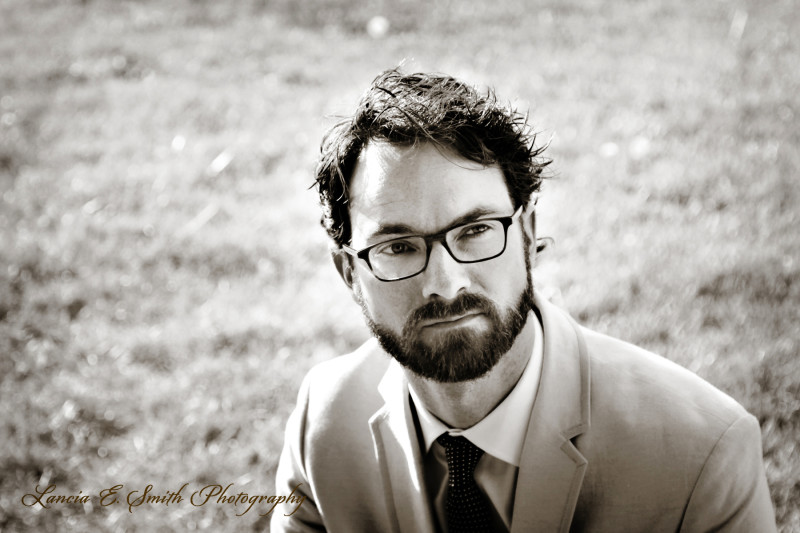
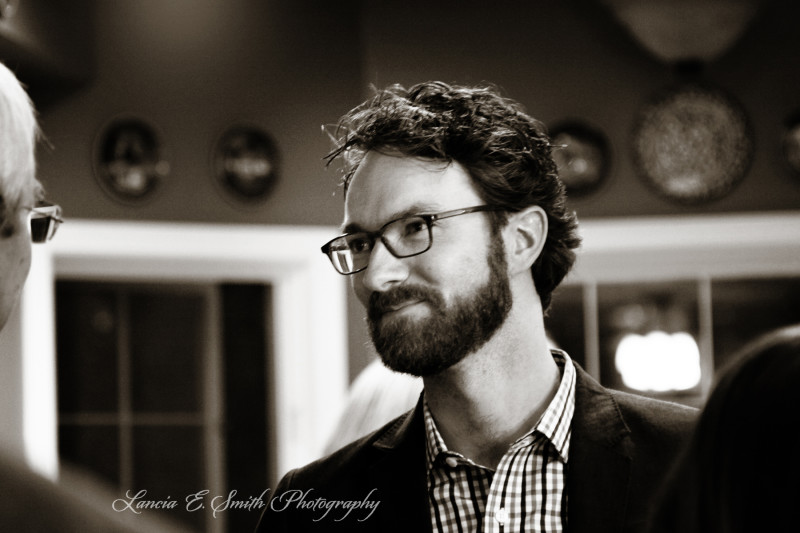
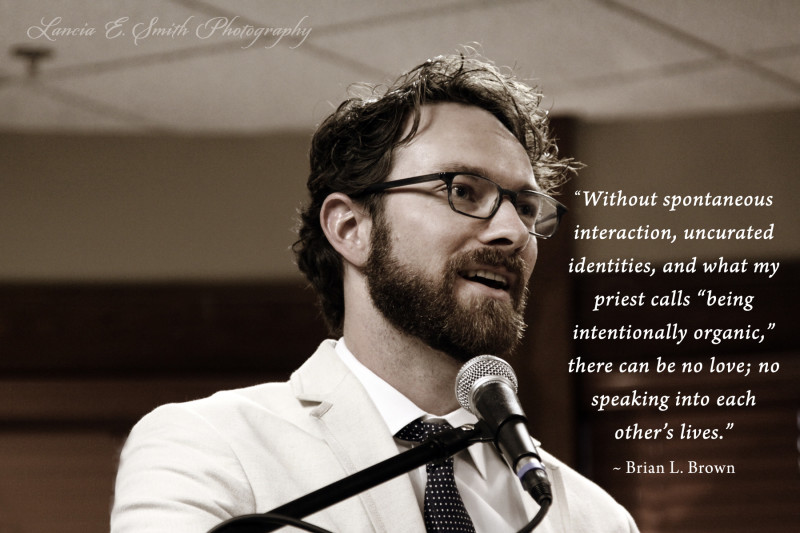
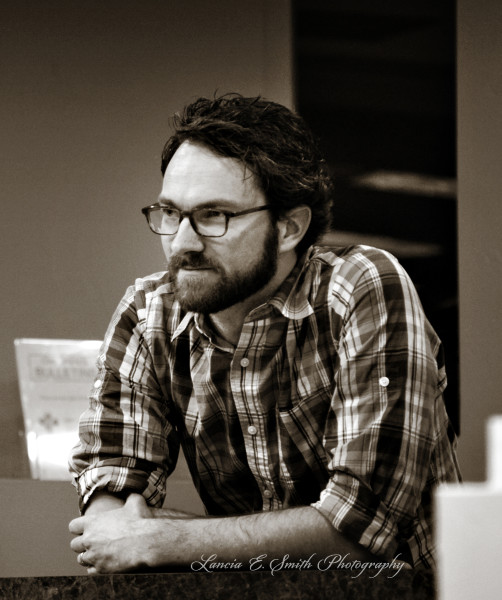
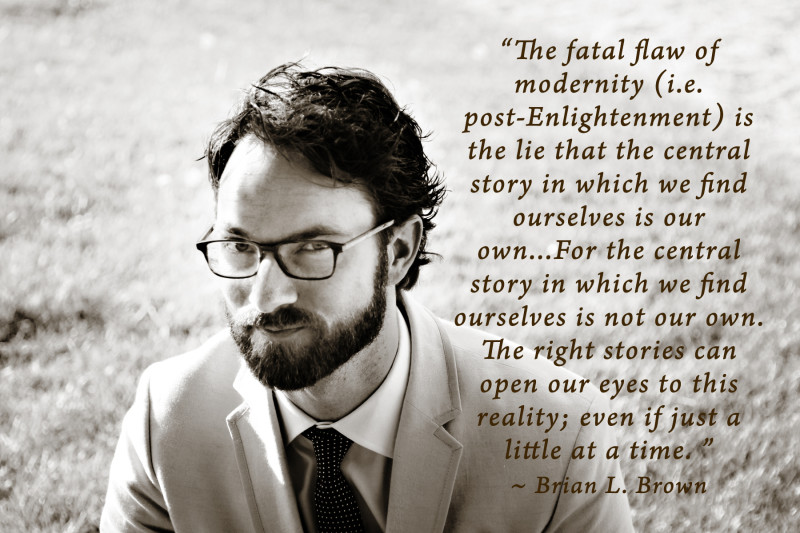
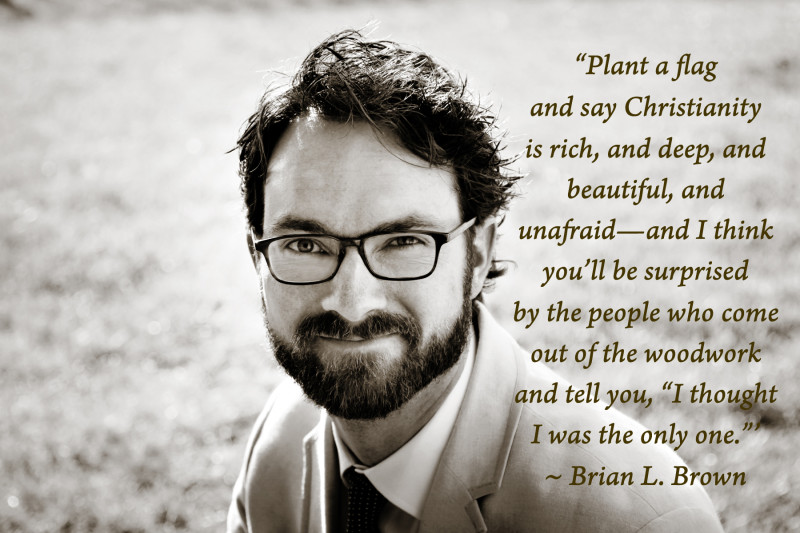
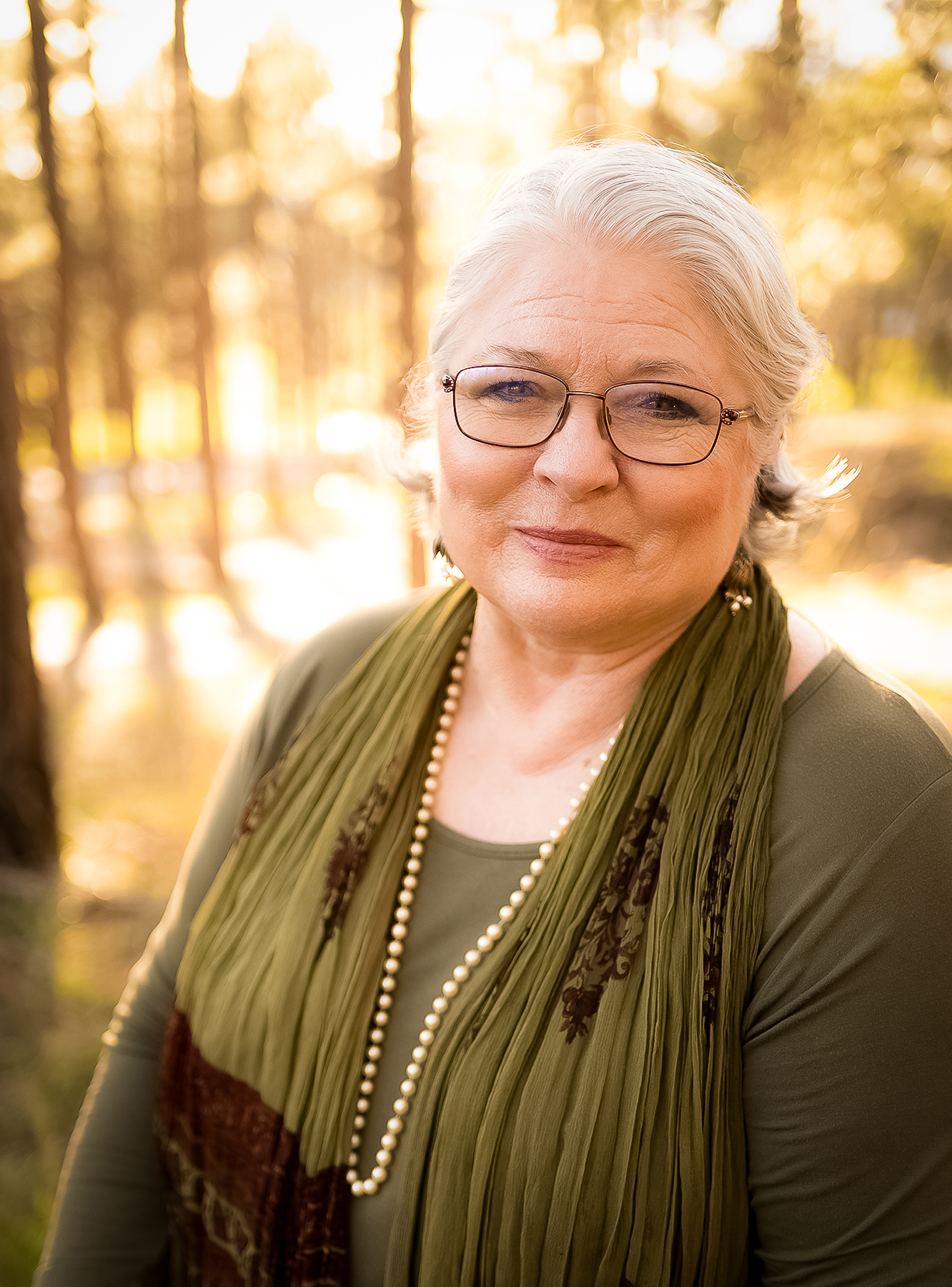
Add a comment
Comments Off on Interview with Brian Brown